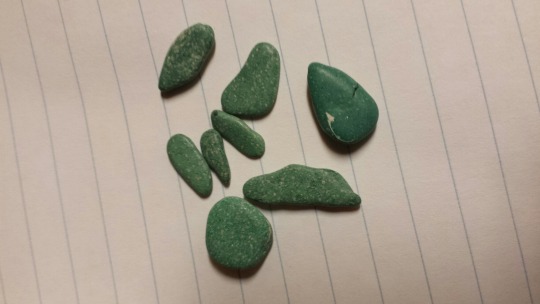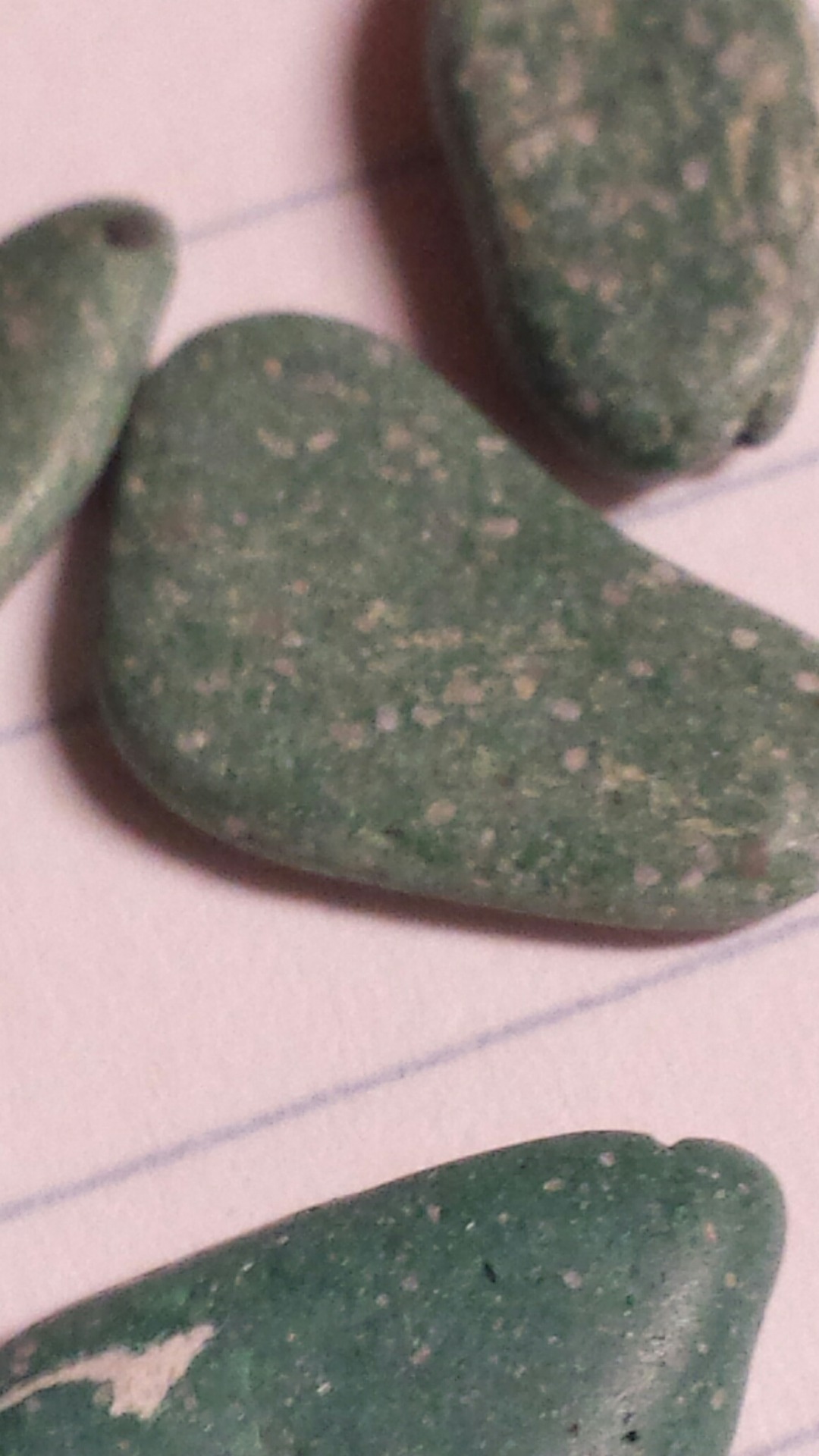The mineralogy of terrestrial planets evolves as a consequence of a range of physical, chemical,
and biological processes. In pre-stellar molecular clouds, widely dispersed microscopic dust particles contain approximately a dozen refractory
minerals that represent the starting point of planetary mineral evolution. Gravitational clumping into a protoplanetary disk, star formation, and the
resultant heat- ing in the stellar nebula produce primary refractory constituents of chondritic meteorites, including chondrules and calcium-aluminum
inclusions, with ~60 different mineral phases. Subsequent aque- ous and thermal alteration of chondrites, asteroidal accretion and differentiation,
and the consequent formation of achondrites results in a mineralogical repertoire limited to ~250 different minerals found in unweathered meteorite
samples. Following planetary accretion and differentiation, the initial mineral evolution of Earth’s crust
depended on a sequence of geochemical and petrologic processes, including volcanism and degassing, fractional crystallization, crystal settling,
assimilation reactions, regional and contact metamorphism, plate tectonics, and associated large-scale fluid-rock interactions. These processes
produced the first continents with their associated granitoids and pegmatites, hydrothermal ore deposits, metamorphic terrains, evaporites, and zones
of surface weathering, and resulted in an estimated 1500 different mineral species. According to some origin-of-life scenarios, a planet must progress
through at least some of these stages of chemical processing as a prerequisite for life. Biological processes began to affect Earth’s surface
mineralogy by the Eoarchean Era (~3.85–3.6
Ga), when large-scale surface mineral deposits, including banded iron formations, were precipitated under the influences of changing atmospheric and
ocean chemistry. The Paleoproterozoic “Great Oxida- tion Event” (~2.2 to 2.0 Ga), when atmospheric oxygen may have risen to >1% of modern
levels, and the Neoproterozoic increase in atmospheric oxygen, which followed several major glaciation events, ultimately gave rise to multicellular
life and skeletal biomineralization and irreversibly transformed Earth’s surface mineralogy. Biochemical processes may thus be responsible,
directly or indirectly, for most of Earth’s 4300 known mineral species. The stages of mineral evolution arise from three primary
mechanisms: (1) the progressive separation
and concentration of the elements from their original relatively uniform distribution in the pre-solar nebula; (2) an increase in range of intensive
variables such as pressure, temperature, and the activities of H2
O, CO2 , and O2 ; and (3) the generation of far-from-equilibrium conditions by living systems.
The sequential evolution of Earth’s mineralogy from chondritic simplicity to Phanerozoic complex- ity introduces the dimension of geologic time to
mineralogy and thus provides a dynamic alternate approach to framing, and to teaching, the mineral sciences.
|













 ; it could certainly be
pyroxenes or something else. I find it hard to distinguish all the black blocky/rectangular mineral thingies on looks alone. I guess getting a sense
of its cleavage would give me an answer, although it would be hard due to the small size of the crystals
; it could certainly be
pyroxenes or something else. I find it hard to distinguish all the black blocky/rectangular mineral thingies on looks alone. I guess getting a sense
of its cleavage would give me an answer, although it would be hard due to the small size of the crystals


 same red stuff I collected recently. I reckon the
thermite was not contained well enough and a blowhole has caused the feathery looking pieces.
same red stuff I collected recently. I reckon the
thermite was not contained well enough and a blowhole has caused the feathery looking pieces.


 ?
? .
.







